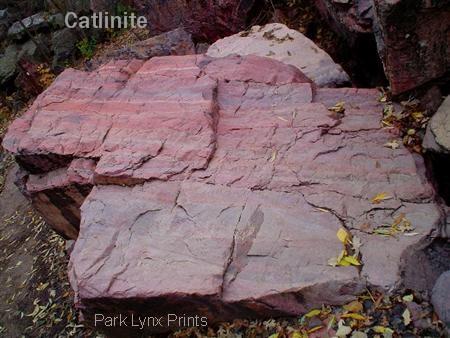
The Great Lakes Tribes, who lived near Minnesota, Wisconsin, Michigan and Ontario used the Peace Pipe Traditions most. In a peace ceremony two tribes would sit in half circles facing each other. The Peace Pipe could be passed around in one of two ways; from palms to fingertips, or the Shaman (the Medicine Man) of one of the tribes would hold the Pipe in person for the other tribe's men while they smoked, then the other tribe's Shaman would return the service.

The smoking mixture in the Peace Pipe they smoked during peace ceremonies was called Kinnikinnick and consisted of dried tobacco leaves, other kinds of crushed plants and flakes of tree- bark. Kinnikinnick was believed to possess magical powers to call good and defeat evil.
To the Plains Indians, the Pipe was also a symbol of authority. The chief of the tribe would carry a Pipe during war times to give him supernatural powers. A Pipe and Tomahawk (a kind of battle-axe) were sometimes combined as two objects for the same purpose.